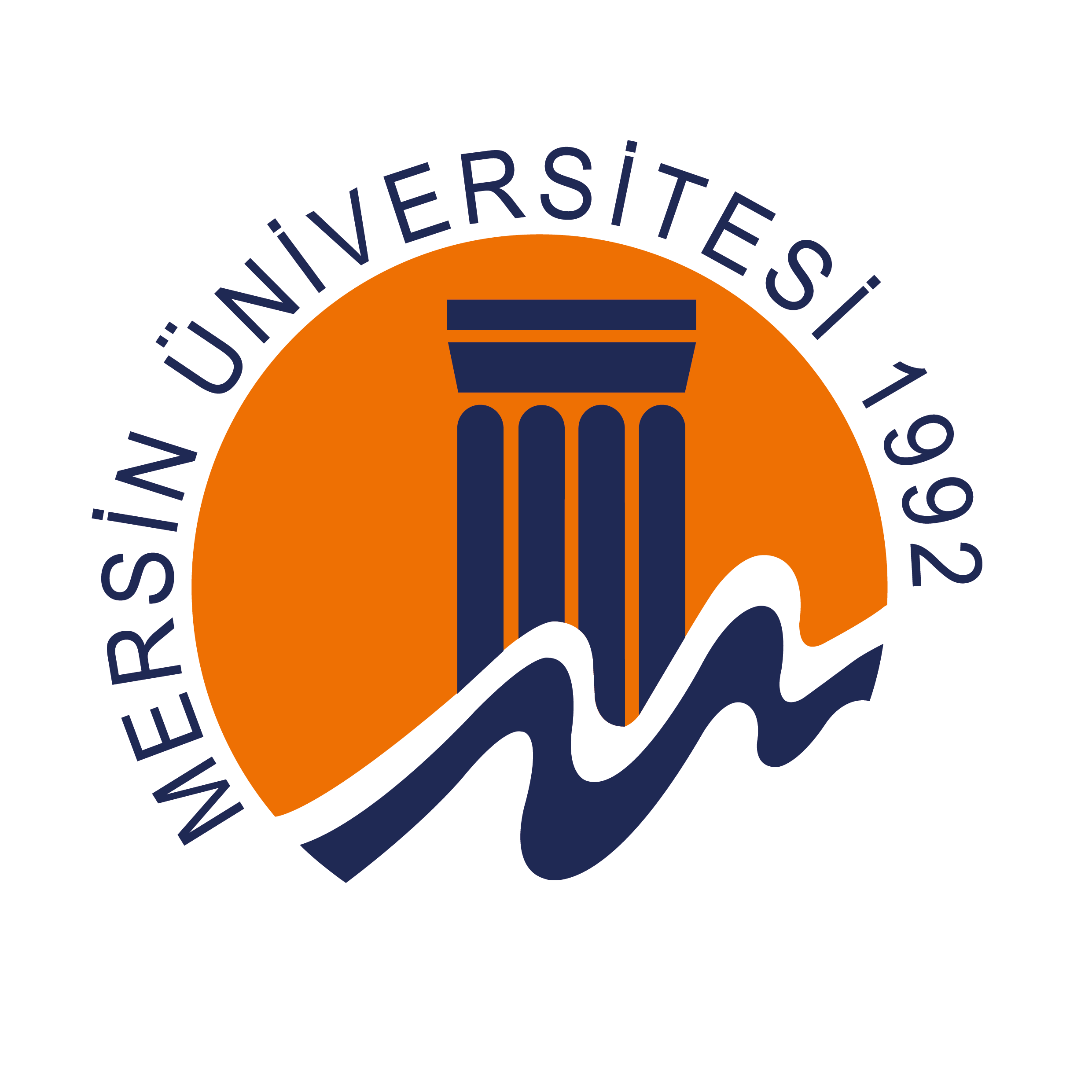Program Teaching Objectives and Program Outcomes
Program Teaching Objectives (PTO):
| PÖA1. | To teach students the basic concepts, methods and ways of thinking in the theoretical and applied fields of mathematics. |
| PÖA2. | To develop students' mathematical thinking, analysis, questioning and creative problem-solving skills. |
| PÖA3. | To raise individuals who can effectively convey mathematical knowledge verbally and in writing and who can work in teams in multidisciplinary environments. |
| PÖA4. | To raise individuals who can conduct independent research in the fields of theoretical and applied mathematics, who think critically, who are creative and ready for an academic career. |
| PÖA5. | To produce graduates who are equipped to apply mathematical knowledge in fields such as computers, software, cryptography, education, informatics and finance. |
| PÖA6. | To raise individuals who are committed to professional ethical values, who continuously improve themselves, and who understand the importance of lifelong learning. |
Program Outcomes (PO):
| PÇ1. | He integrates the theoretical and practical knowledge he has acquired in his field into the teaching programs by associating them with different disciplines and transfers them to the students. |
| PO2. | Supports lessons by effectively using course content and educational materials that include the most up-to-date mathematical theories and applications in the field. |
| PÇ3. | Obtains effective results by using advanced theoretical and practical knowledge in solving mathematical problems. |
| PÇ4. | He/she renews the mathematical knowledge he/she has acquired by following current developments and integrates contemporary methods into teaching processes. |
| PÇ5. | Independently initiates and completes a mathematical investigation or applied project. |
| PÇ6. | Makes decisions and takes part in the implementation process of developing solutions to interdisciplinary problems using mathematical models. |
| PO7. | With the awareness of lifelong learning, they constantly update and improve their professional knowledge and skills. |
| PÇ8. | With a sense of social responsibility, they develop and implement projects that provide social benefit by using mathematical knowledge and applications. |
| PÇ9. | Follows mathematical literature using at least one foreign language and takes part in international collaborations. |
| PO10. | Performs mathematical calculations and modeling using computer software and uses advanced information technologies effectively. |
| PÇ11. | Presents and communicates mathematical ideas and solution strategies clearly, both orally and in writing. |
| PÇ12. | Examines mathematical concepts using scientific methods, identifies problems, and develops evidence-based solutions. |
Relationship Matrix Between Program Outcomes and Program Educational Objectives
| PÇ1 | OP2 | PÇ3 | PÇ4 | PÇ5 | PÇ6 | PO7 | PÇ8 | PÇ9 | PC10 | PÇ11 | PÇ12 |
PÖA1 | ✓ |
| ✓ |
|
| ✓ |
|
|
| ✓ |
| ✓ |
PÖA2 |
|
| ✓ |
|
|
|
|
|
| ✓ | ✓ | ✓ |
PÖA3 | ✓ |
|
|
| ✓ | ✓ |
|
| ✓ |
| ✓ |
|
PÖA4 |
| ✓ |
| ✓ | ✓ | ✓ |
|
|
|
|
|
|
PÖA5 |
|
| ✓ |
|
|
|
| ✓ |
| ✓ |
|
|
PÖA6 |
| ✓ |
| ✓ |
|
| ✓ |
|
|
|
|
|
